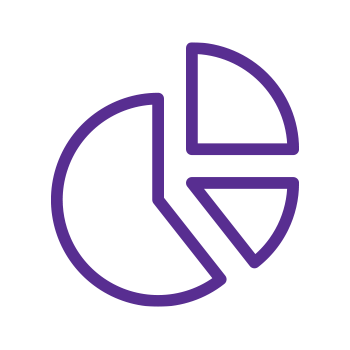More than 1 in 10
nursing home and aged care residents in Australia have a pressure injury
Update your browser to view this website correctly. View list of available browsers
November 21st is the World Wide Pressure Injury Prevention Day. Download our Pressure Management Guide to assist in the implimentation of a more holistic approach to the management and prevention of pressure injuries across both seated and supine postures.
A pressure injury is defined as localized damage to the skin and/or underlying tissue, as a result of pressure or pressure in combination with shear. Pressure injuries usually occur over a bony prominence, but may also be related to a medical device or other object. Tolerance may be affected by microclimate, perfusion, age, health status, co-morbidities, and conditions of the soft tissue.

nursing home and aged care residents in Australia have a pressure injury

55,000 people in New Zealand get a pressure injury every year at a cost estimated at over

In Japan, studies have shown that
of the population over 65 years of age have a pressure injury.
The National Pressure Injury Advisory Panel (NPIAP) is proud to announce that 2023 Worldwide Pressure Injury Prevention Day is to be celebrated on Thursday, November 21, 2024.
The objective of Worldwide Pressure Injury Prevention Day is to increase awareness about pressure injury prevention and to educate the public on this topic.
If you would like to learn more about this, visit NPIAP website from below button.

There are multiple forces acting on the body that change the shape of the skin and soft tissue between the support surface and bony prominences. Superficial skin and deeper tissues are distorted and damaged. Death at the cellular and tissue level occurs, resulting in a pressure injury.
Individuals in a seated posture are susceptible to pressure injuries due to intrinsic and extrinsic factors of a pressure injury.
Intrinsic Factors are factors stemming from within the body that make an individual more susceptible to a pressure injuries. Extrinsic Factors stem from outside environment and/or seating surfaces. Pressure, shear, and microclimate are the extrinsic factors of a pressure injury.
Therapists can prevent the harmful effects of extrinsic factors through proper wheelchair positioning and equipment choices.
To assist with the HOW to reduce these harmful effects and implement best practice from within the entire team, download the updated Pressure Management Guide
